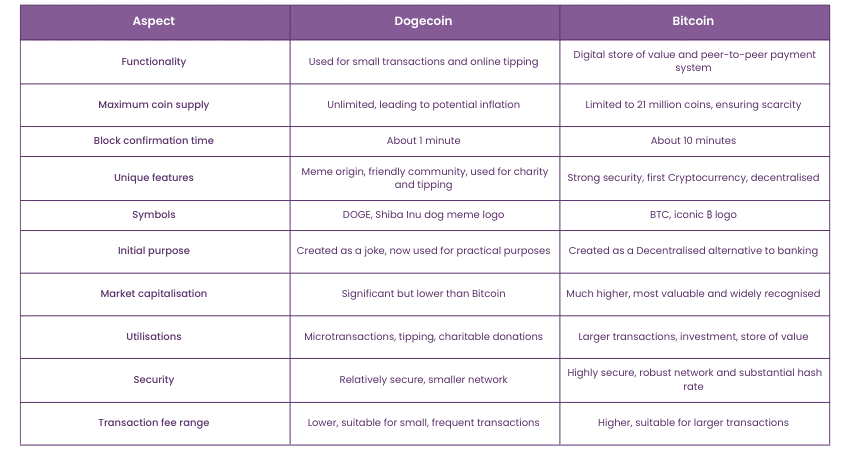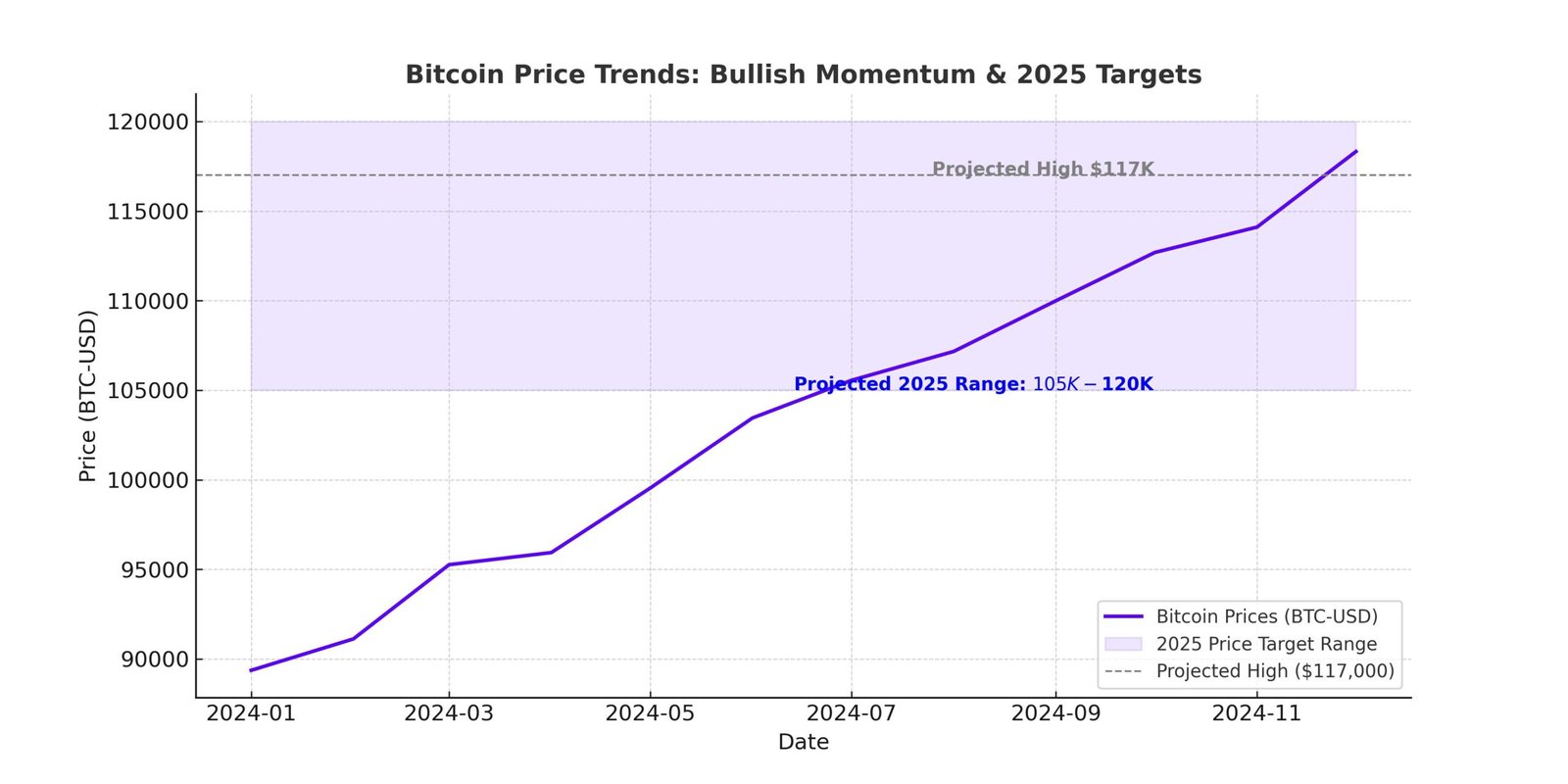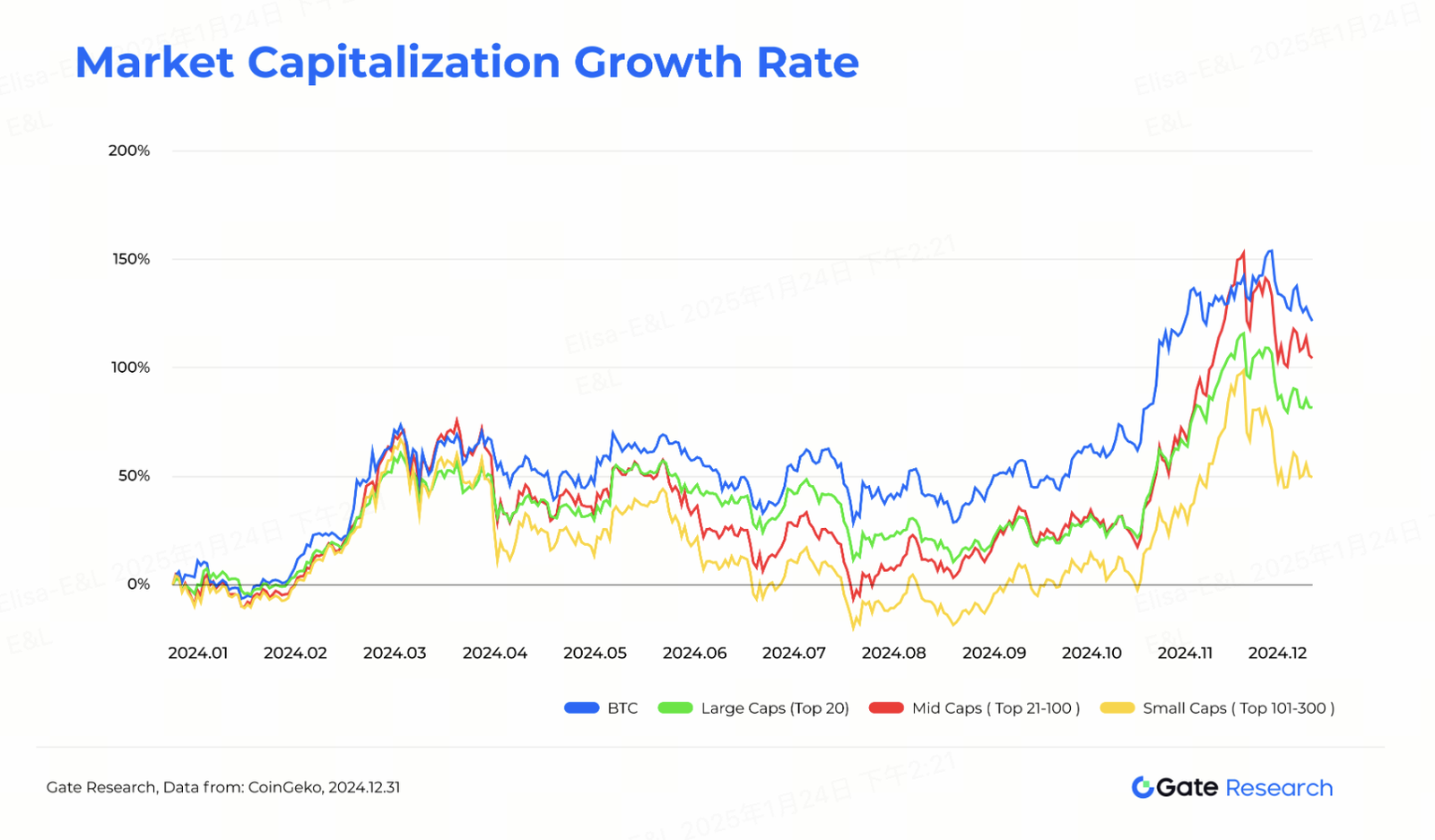Dogecoin vs Bitcoin: Differences and Investment Opportunities

Introduction to Cryptocurrencies
Cryptocurrencies have emerged as a revolutionary form of digital currency, altering the landscape of financial transactions and investment. The first cryptocurrency, Bitcoin, was introduced in 2009 by an individual or group using the pseudonym Satoshi Nakamoto. It presented a decentralized form of currency which operates on a technology known as blockchain. This technology allows transactions to be securely recorded across multiple nodes in a network, thereby minimizing the risk of fraud and enhancing transparency.
Since the inception of Bitcoin, the cryptocurrency market has expanded dramatically, introducing thousands of alternatives, one of which is Dogecoin. Initially launched as a meme-based currency in 2013, Dogecoin has grown in popularity and importance, attracting a dedicated user base. While Bitcoin is often viewed as a digital gold due to its limited supply, Dogecoin serves a different community-oriented purpose, often employed for tipping on social media and charitable donations. The differences between Dogecoin and Bitcoin exemplify the diverse functionalities cryptocurrencies can fulfill.
The market capitalization of these cryptocurrencies illustrates their significance in the broader context of crypto investment. Bitcoin remains the most valuable and recognized cryptocurrency, accounting for a substantial share of the total market. Despite its humble beginnings, Dogecoin continues to thrive, gaining traction among investors drawn to its lighthearted branding and supportive community. As we delve deeper into the characteristics of Dogecoin vs Bitcoin, it becomes crucial to understand their unique attributes and how they cater to varying investment strategies within the cryptocurrency realm.
Key Differences between Dogecoin and Bitcoin

Bitcoin, introduced in 2009, is widely recognized as the first cryptocurrency and a pioneer of decentralized digital currency. Designed primarily as a store of value, Bitcoin operates on a fixed supply model with a cap of 21 million coins. This limited availability is intentional, creating scarcity akin to precious metals like gold. Bitcoin is characterized by its robust security protocols, using advanced cryptography and a proof-of-work consensus mechanism, which validates transactions through a decentralized network of miners. Its stability and security have led many investors to regard Bitcoin as the ‘gold standard’ in the realm of crypto investment.
In contrast, Dogecoin was launched in December 2013 as a lighthearted alternative to Bitcoin, originating from a popular internet meme featuring the Shiba Inu dog. Unlike Bitcoin, Dogecoin operates with an unlimited supply, which allows for frequent issuances of new coins without the constraints of scarcity. This has made Dogecoin a more accessible entry point for newer investors. While it may lack the same level of technical security as Bitcoin, Dogecoin benefits from a committed community that fosters initiatives, such as charitable donations and sponsorships, enhancing its appeal as a fun and social cryptocurrency.
The transaction speeds of these two cryptocurrencies further highlight their differences. Bitcoin transactions can take longer due to its network’s higher security measures and block generation time, averaging around ten minutes. Conversely, Dogecoin transactions are generally processed faster, often within a minute, largely due to its less intensive mining algorithm. These variances in speed and supply influence how each currency is perceived in the market. While Bitcoin attracts institutional interest and is viewed as a long-term investment, Dogecoin garners attention for its community engagement and speculative potential.
Investment Opportunities in Dogecoin and Bitcoin
The realm of cryptocurrency presents a diverse landscape for potential investors, with Bitcoin and Dogecoin standing out as two prominent options. Bitcoin, often regarded as the pioneer of digital currencies, has garnered a reputation as “digital gold.” Its historical performance showcases significant growth since its inception in 2009, with cryptocurrency enthusiasts considering it a relatively secure investment as a hedge against inflation. This stability has led to a strong investor sentiment, as many perceive Bitcoin as a reliable store of value and a cornerstone of crypto investment portfolios.
On the other hand, Dogecoin emerged in 2013 as a meme-inspired cryptocurrency. Initially created as a joke, it has evolved into a serious contender in the crypto investment sphere, particularly due to its vibrant community and support from influential figures on social media platforms. Its price volatility can present lucrative opportunities, especially for traders who are well-versed in the timing of market movements. However, this same volatility can introduce significant risks, making it essential for investors to evaluate their risk tolerance before making commitments.
Moreover, the trends of social media and public sentiment can heavily influence Dogecoin’s price fluctuations, often leading to rapid spikes and declines. In contrast, Bitcoin’s price movements are frequently tied to broader economic conditions and institutional investment trends. Thus, while both cryptocurrencies offer unique investment opportunities, the differing factors influencing their prices necessitate a careful analysis by potential investors. Diversification strategies could be beneficial, depending on individual investment goals.
Ultimately, the decision to invest in Dogecoin or Bitcoin should be informed by an understanding of each cryptocurrency’s market dynamics, historical trends, and how they align with the investor’s objectives. By weighing the benefits and risks associated with both Dogecoin and Bitcoin, investors may enhance their cryptocurrency portfolios effectively.
Conclusion: Which Investment is Right for You?

In the continuously evolving landscape of cryptocurrencies, the debate of Dogecoin vs Bitcoin remains pertinent for prospective investors. Both digital assets present unique attributes and investment opportunities that cater to different investor profiles. Understanding these differences is crucial in determining which asset aligns most closely with your financial goals and risk appetite.
Bitcoin, often regarded as the pioneer of cryptocurrency, boasts several qualities that contribute to its status as a leading digital currency. With a finite supply and a track record of being a store of value, Bitcoin appeals to those looking for a long-term investment strategy. Its higher market capitalization and widespread adoption lend it a degree of stability and recognition, making it a preferred choice for conservative investors or those new to the crypto investment realm.
Conversely, Dogecoin offers a more speculative investment opportunity characterized by its community-driven nature and lower entry point. While initially created as a joke, its recent surge in popularity exemplifies how social media influence can transform the trajectory of a cryptocurrency. Investors with a higher risk tolerance and a penchant for engaging in more volatile markets may find Dogecoin appealing, particularly as it presents a chance for significant short-term gains.
Ultimately, the decision of whether to invest in Dogecoin or Bitcoin should reflect your personal circumstances, including your investment timeline, financial objectives, and willingness to endure market fluctuations. Conducting in-depth research on both cryptocurrencies and evaluating the current market conditions will empower you to make informed decisions. As the world of cryptocurrency continues to evolve, staying informed and adaptable remains essential for successful investment strategies.










